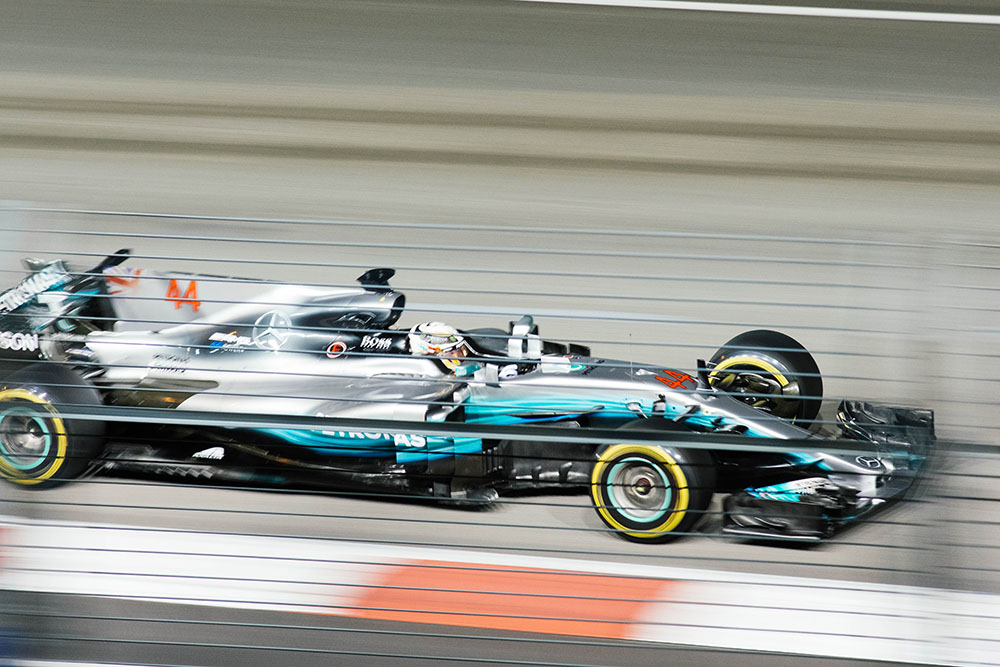Formula 1, one of the biggest shows on earth broadcast to over half a billion fans, wants to become a sustainable sport and is aiming for “net-zero” carbon emissions by 2030.
Formula 1 events are organized by Formula One Group, which is owned by Liberty Media.
Key to that goal is its hybrid engine, which it switched to in 2014 and is used in each race, spokesman Liam Parker wrote in an email.
An institution that has been around for almost 70 years is looking to become more sustainable in order to appeal to a new generation of fans, cut costs and compete with rivals like Formula E.
Parker wrote that Formula 1 will plant trees and work to develop carbon storage methods. Formula 1 is also developing technology such as aerodynamics and composite materials to boost efficiency. The group will seek to move to “ultra-efficient logistics and travel and 100% renewably powered offices, facilities and factories.”
Formula 1, which will run 20 races this year, says the engine, combined with “sustainable fuels,” recovery systems and initiatives at race events, may permit the series to reduce its carbon footprint and hit “net-zero.”
Sports organizations and corporations around the world have been pushing green and sustainable initiatives for the past few years as global warming concerns rise, alarming consumers. In the U.S., professional football, baseball and hockey have taken steps to cut energy use, including adding wind and solar power at stadiums.
“In launching F1’s first-ever sustainability strategy, we recognize the critical role that all organizations must play in tackling this global issue,” Formula 1 CEO Chase Carey said in a press statement.
Net-zero doesn’t mean a complete absence of tailpipe emissions or any other waste. It typically refers to a suite of measures — cutting fuel use, improving efficiency, planting carbon-absorbing trees — to reach a cumulative goal of no carbon output.
- Formula 1 will also seek to end single-use plastics and boost reuse, recycling and composting of materials at events.
- The company will also “provide incentives and tools to offer every fan a greener way to reach the race.”
- The hybrid engines are required to travel 305 km, or 190 miles, using 100 kg of fuel, or about 26 gallons. That’s around 7.3 miles per gallon — if all of the fuel is used.
- Rival Formula E is racing electric Formula cars and developing technologies that help the car industry create mainstream electric vehicle technologies
























